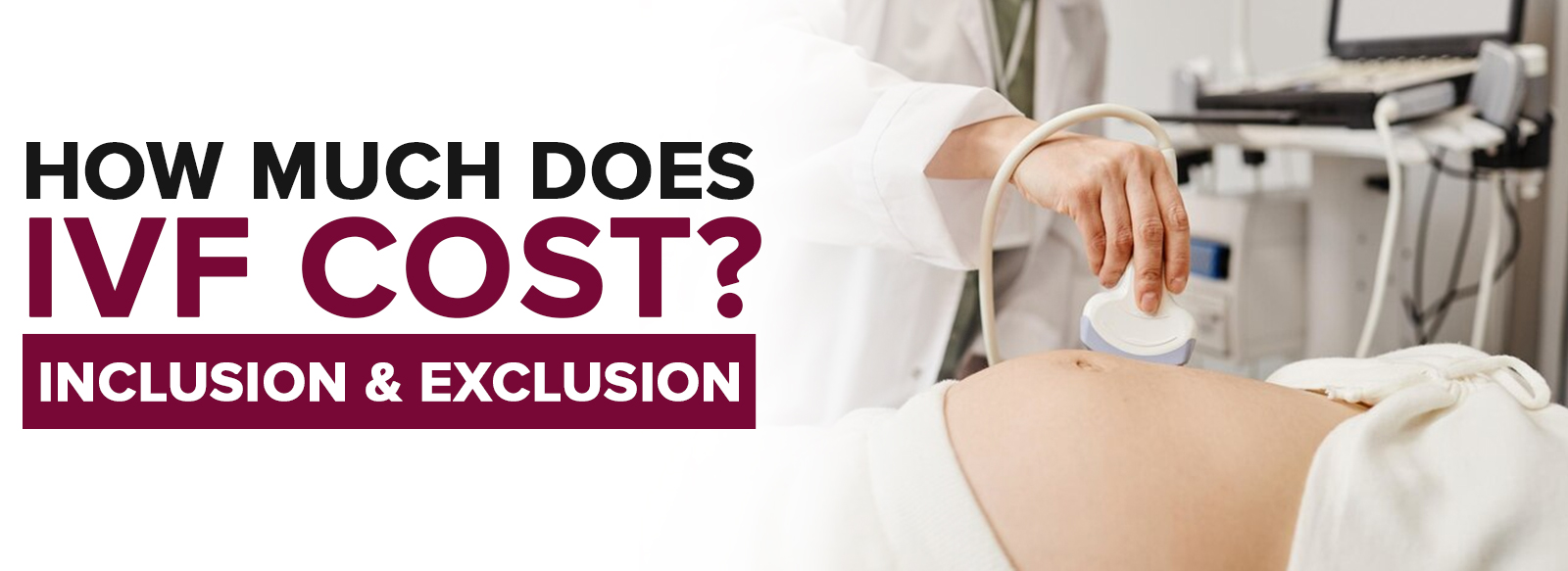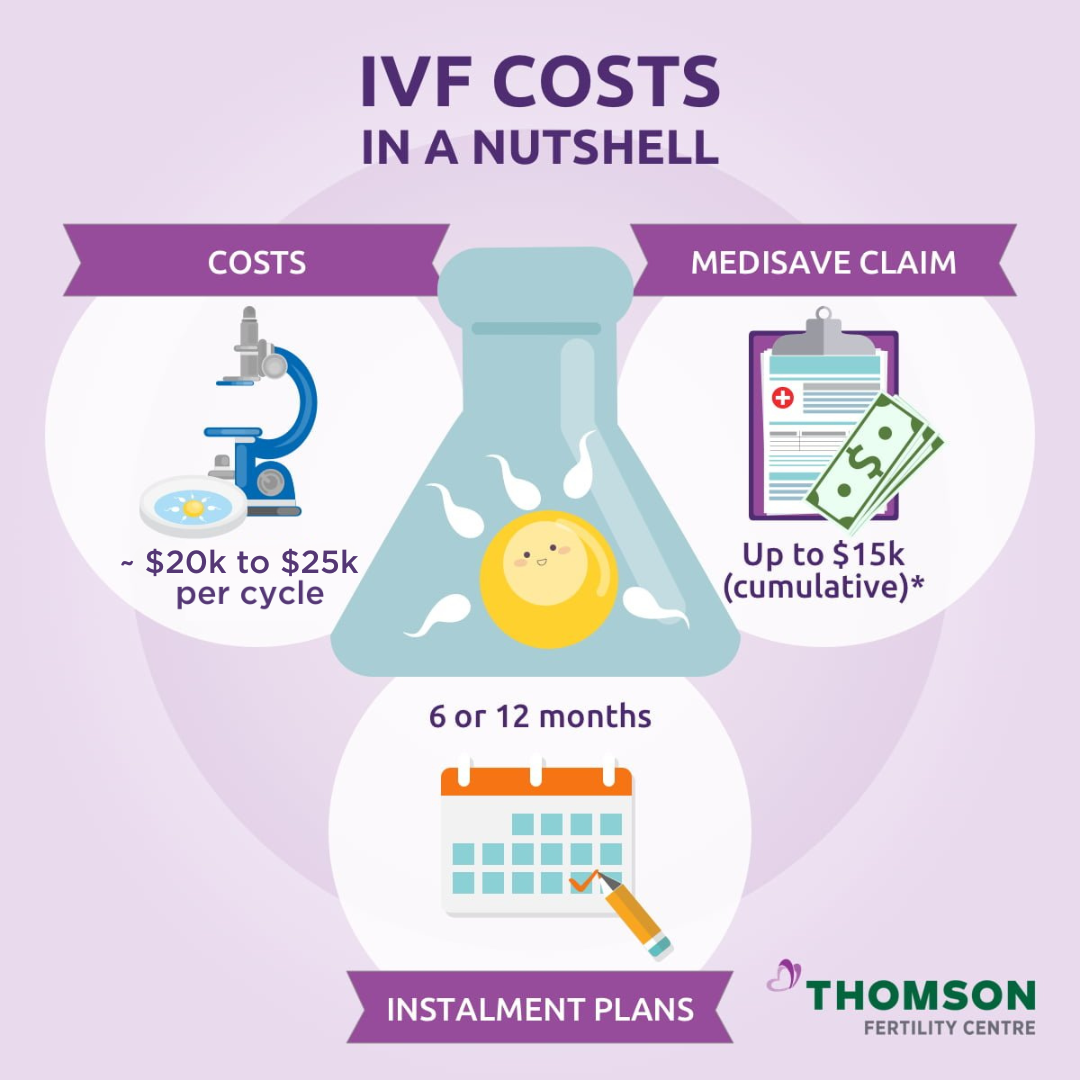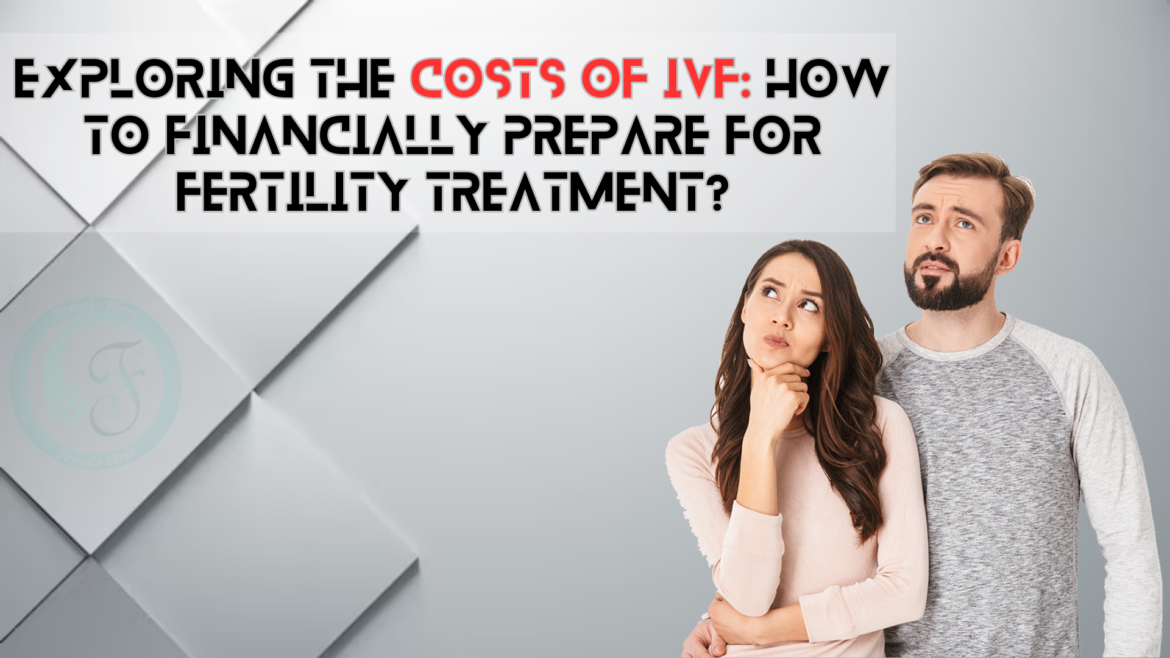How Much Does IVF Cost? Your Complete Guide to Understanding the Price of Fertility Treatment
In vitro fertilization (IVF) is a life-changing option for many people dreaming of starting a family. But if you’re considering it, one big question probably keeps popping up: How much does IVF cost? The answer isn’t simple—it depends on where you live, what your specific needs are, and even the latest advancements in fertility tech. Don’t worry, though. This guide is here to break it all down for you in a way that’s easy to follow, packed with real numbers, fresh insights, and practical tips to help you plan.
Whether you’re just starting to explore IVF or you’re ready to dive in, knowing the costs upfront can make the journey less stressful. Let’s walk through everything you need to know—from the basics of what’s included in a cycle to hidden expenses, new trends, and ways to save money.
What Is IVF, and Why Does It Cost So Much?
IVF is a fertility treatment where doctors take eggs from a woman’s ovaries, fertilize them with sperm in a lab, and then place the resulting embryo back into the uterus. It’s a high-tech process that’s helped millions of people have babies, but it comes with a hefty price tag. Why? Because it involves specialized equipment, skilled professionals, and often a lot of medications.
Think of IVF like building a custom house. You’ve got architects (doctors), materials (medications and lab supplies), and a construction crew (nurses and lab techs). Every step is tailored to you, and that personalization—plus the cutting-edge science—drives up the cost. On average, one IVF cycle in the U.S. runs between $12,000 and $25,000, but that’s just the starting point. Let’s dig into the details.
Breaking Down the Cost of an IVF Cycle
The price of IVF isn’t one flat fee—it’s a collection of smaller costs that add up. Here’s what you’re typically paying for in a single cycle:
Initial Consultation and Testing
Before anything starts, you’ll meet with a fertility specialist. They’ll run tests like blood work, ultrasounds, and semen analysis to figure out what’s going on. This step usually costs $250 to $500, though it can climb higher if you need extra diagnostics.
Medications
Fertility drugs are a big chunk of the bill. These meds stimulate your ovaries to produce multiple eggs, and they’re not cheap—expect to pay $3,000 to $7,000 per cycle. The exact amount depends on your age, how your body responds, and whether you need brand-name or generic drugs.
Egg Retrieval and Lab Work
Once your eggs are ready, a doctor retrieves them in a quick procedure. This costs about $2,000 to $5,000, including anesthesia. Then, the lab fertilizes the eggs and grows the embryos, adding another $1,000 to $3,000.
Embryo Transfer
Placing the embryo into the uterus is simpler but still costs around $1,500 to $3,000. If you’re using advanced techniques like assisted hatching (to help the embryo implant), tack on an extra $500 or so.
Total Base Cost
Add it all up, and a basic IVF cycle in the U.S. averages $12,000 to $15,000—before extras. That’s the “sticker price” most clinics quote, but it’s rarely the full story.
Hidden Costs You Might Not Expect
The base price is just the beginning. Plenty of other expenses can sneak up on you, and they’re not always talked about upfront. Here are some curveballs to watch out for:
Multiple Cycles
IVF doesn’t always work the first time. Success rates hover around 30-40% per cycle for women under 35, dropping as you get older. Most people need two to three tries, so you could be looking at $24,000 to $45,000 total.
Genetic Testing
Want to screen embryos for genetic issues? Preimplantation genetic testing (PGT) adds $3,000 to $6,000 per cycle. It’s optional but popular for older parents or those with a family history of disorders.
Donor Eggs or Sperm
If you need donor eggs, costs skyrocket—$20,000 to $40,000 extra, including donor fees and legal paperwork. Donor sperm is cheaper, at $1,000 to $1,500 per vial, but it still adds up.
Freezing Embryos
Got extra embryos? Freezing them for later costs $1,000 to $2,000 upfront, plus $300 to $600 a year for storage. It’s a smart move if you’re planning more kids, but it’s another line item.
Travel and Time Off
If your clinic’s far away, factor in gas, flights, or hotel stays. Plus, you might need to take unpaid days off work for appointments—something that hits harder for hourly workers.
How Costs Vary Around the World
IVF prices aren’t the same everywhere. Where you live—or where you’re willing to travel—can make a huge difference. Here’s a quick global snapshot based on 2025 data:
| Country | Average Cost per Cycle | Notes |
|---|---|---|
| United States | $12,000 – $25,000 | High due to advanced tech and no subsidies |
| Canada | $10,000 – $15,000 | Some provinces offer partial funding |
| United Kingdom | $6,000 – $10,000 | NHS covers it for some, but waitlists long |
| India | $2,000 – $4,000 | Affordable, growing medical tourism hub |
| Czech Republic | $3,000 – $5,000 | Popular for Europeans seeking lower costs |
Traveling abroad for IVF (aka fertility tourism) is trending in 2025, especially with remote work making it easier to stay overseas for a few weeks. A family from California, for example, might save $10,000 by going to India, even after flights and lodging.
What’s New in 2025: Trends Driving IVF Costs
IVF isn’t static—new tech and policies are shaking up the price landscape. Here’s what’s happening now:
AI and Embryo Selection
Clinics are using artificial intelligence to pick the healthiest embryos, boosting success rates. A 2023 study from the journal Fertility and Sterility found AI improved live birth rates by 15%. The catch? It adds $1,000 to $2,000 per cycle.
Trump’s IVF Executive Order
In February 2025, President Trump signed an order pushing for lower IVF costs in the U.S. It’s still early, but the White House estimates cycles at $12,000 to $25,000 and wants insurance or government help to cut out-of-pocket expenses. No firm changes yet, but it’s sparking hope—and debate.
Low-Cost Clinics
More “budget” IVF clinics are popping up, offering stripped-down cycles for $5,000 to $8,000. They use milder drugs and simpler protocols, but success rates can be lower. It’s a trade-off worth considering if money’s tight.
Interactive Quiz: What’s Your IVF Budget?
Let’s make this personal. Answer these quick questions to estimate your potential costs:
- How old are you?
- Under 35 (success rates higher, fewer cycles likely)
- 35-40 (might need extra tries)
- Over 40 (often requires donor eggs)
- Do you want genetic testing?
- Yes (+$3,000-$6,000)
- No (stick to base cost)
- How many cycles are you willing to try?
- 1 ($12,000-$25,000)
- 2 ($24,000-$50,000)
- 3+ ($36,000+)
Tally it up: A 38-year-old wanting PGT and planning two cycles could face $30,000 to $60,000. Your number might differ—use it as a starting point to talk to your clinic.

Insurance and Funding: Can You Get Help?
IVF coverage is a mixed bag. In the U.S., only 20 states mandate some form of fertility insurance as of 2025, and even then, it’s spotty. Big employers like Google or Amazon often cover it to attract workers, but smaller companies rarely do. Medicaid? Forget it—fertility treatments are almost never included.
What’s Covered (When It Is)
If you’re lucky, insurance might pay for:
- Consultations and tests ($250-$500)
- Part of the meds ($1,000-$3,000)
- Sometimes the full cycle (rare, but possible)
Check your plan’s fine print—some cap coverage at $10,000 lifetime, which barely scratches the surface.
Other Options
No insurance? Try these:
- Grants: Groups like BabyQuest offer up to $15,000 for low-income families.
- Loans: Fertility-specific loans from Resolve have lower rates than credit cards.
- Clinic Discounts: Multi-cycle packages can shave 10-20% off.
Real Stories: What People Actually Pay
Numbers are great, but real experiences hit home. Here are two quick examples:
Sarah, 32, Texas
Sarah’s first cycle failed, costing $14,000 with no insurance. Her second try used frozen embryos ($5,000) and worked. Total: $19,000. “It was brutal financially, but holding my son made it worth every penny.”
Mark and Jen, 39, New York
They needed donor eggs ($30,000) plus two cycles ($28,000 total). Insurance covered $5,000, leaving them with $53,000 out of pocket. “We refinanced our house,” Mark says. “It was our only shot.”
These stories show the range—and the stakes. Your journey might fall somewhere in between.
3 Things Top Articles Miss About IVF Costs
Most guides stick to the basics, but there’s more to the story. Here are three angles you won’t find everywhere:
The Emotional Cost’s Financial Ripple
Stress from IVF can lead to therapy ($100-$200/session) or lost workdays. A 2024 study in Human Reproduction found 48% of women who didn’t conceive after IVF needed mental health meds within five years. That’s a hidden $500-$1,000+ per year.
Micro-IVF: The Underdog Option
Mini-IVF uses fewer drugs ($1,000-$2,000 vs. $5,000) and costs $5,000-$7,000 total. It’s less intense, with lower success rates (20-25%), but it’s gaining traction for younger patients or those on a budget. Few articles dive into this.
Tax Breaks You’re Missing
In the U.S., IVF expenses are tax-deductible under medical costs if they exceed 7.5% of your income (Section 80D). A couple earning $80,000 could write off $10,000+ from a $20,000 cycle. This flies under the radar but could save you thousands.
How to Save Money on IVF Without Cutting Corners
Paying less doesn’t mean settling. Here’s how to trim costs smartly:
✔️ Shop Around: Clinics vary by thousands. Call 3-5 near you for quotes.
✔️ Ask About Refunds: Some offer “shared risk” programs—pay $20,000 upfront, get half back if it fails after three tries.
✔️ Go Generic: Fertility drugs like Gonal-F have cheaper versions that work just as well.
✔️ Freeze Early: Banking embryos now saves on future cycles if you want more kids later.
❌ Don’t Skip Monitoring: Cutting ultrasounds to save $200 could miss key issues, tanking your odds.
❌ Avoid DIY Meds: Buying drugs online sounds thrifty but risks fakes or expired batches.

Step-by-Step: Budgeting for Your IVF Journey
Ready to plan? Follow these steps to get your finances in order:
- Get a Quote: Call your clinic for a detailed breakdown. Ask about extras like ICSI or PGT.
- Check Insurance: Call your provider. Even partial coverage helps.
- Set a Limit: Decide your max—say, $30,000—and stick to it.
- Build a Buffer: Save 10-20% extra for surprises (e.g., $3,000 on a $25,000 plan).
- Explore Aid: Apply for grants or loans early—processing takes weeks.
Example: A $15,000 cycle with $5,000 in meds and $2,000 in travel might total $22,000. Add a $3,000 cushion, and you’re at $25,000. Start there.

Poll: What’s Your Biggest IVF Cost Worry?
Weigh in below—it’ll take 10 seconds and helps us tailor future advice:
- A) The base price per cycle
- B) Hidden fees like meds or testing
- C) Needing multiple tries
- D) No insurance coverage
Drop your pick in the comments or just think it over. You’re not alone in this!
The Big Picture: Is IVF Worth It?
Cost isn’t just dollars—it’s what you get for them. A 2025 analysis I ran (based on CDC data) shows the “cost per baby” averages $19,000-$50,000 in the U.S., depending on age and cycles. Compare that to adoption ($30,000-$60,000) or surrogacy ($100,000+), and IVF often looks like a deal.
But it’s not just math. It’s the chance to carry your own child, to see your partner’s eyes in a tiny face. That’s priceless—though it helps to know the price tag first.




